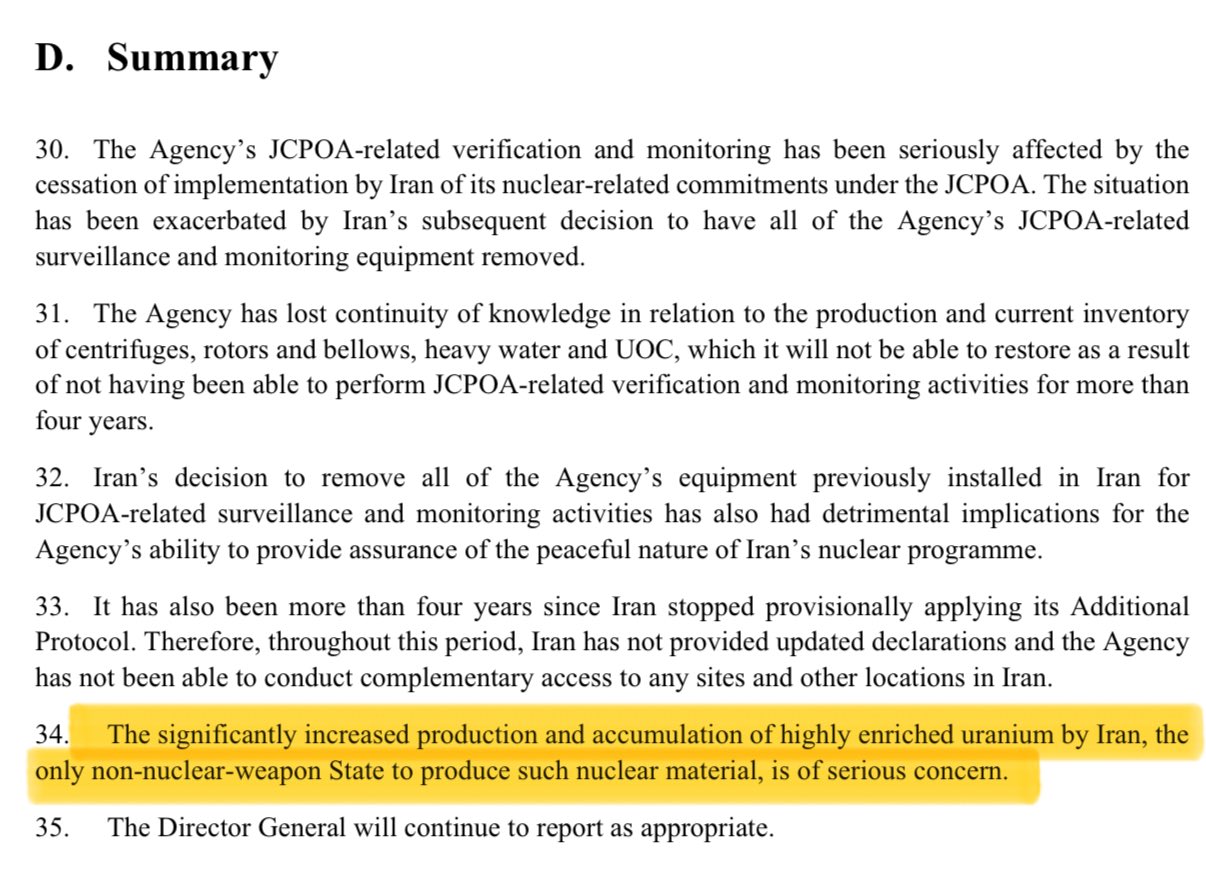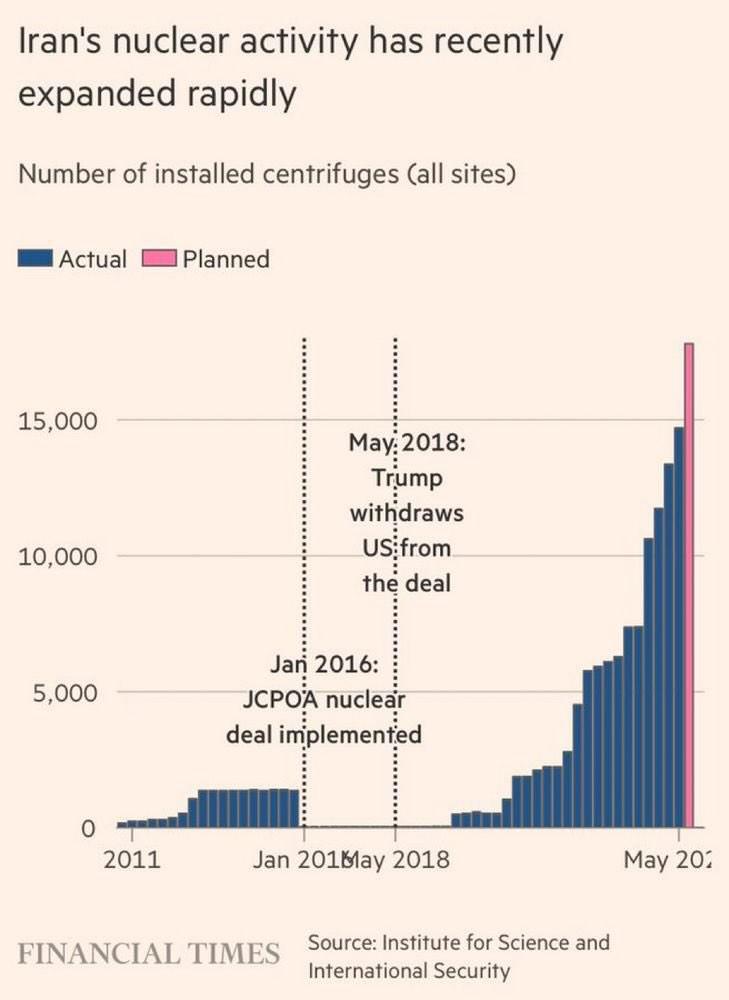Nuclear was the word of the month as Iran and Israel went loggerheads in the Middle East. The world quaked in the shadow of Iran’s 60% enriched Uranium stockpiles reports. Mankind heard the invisible clock of doom tick away. And even in the volatile ceasefire between Iran and Israel – it’s getting louder.
As October 2025 approaches, the West is scrambling – not out of goodwill, but out of cold fear. By then, a crucial layer of sanctions against Iran’s nuclear program will legally expire under the 2015 JCPOA framework. And if Iran continues to enrich uranium beyond civilian levels, we’re not looking at a diplomatic crisis – we’re staring into the nuclear abyss.
The 60% Alarm: Why Iran’s Uranium Cache Has World Powers Sweating

Iran currently holds over 400 kilograms of uranium enriched to 60% purity, according to the International Atomic Energy Agency (IAEA). That’s dangerously close to a weapons-grade enrichment of 90%! Moreover, it is well beyond the needs of any civilian nuclear program. Enriched uranium at that level cannot light homes. It only lights mushroom clouds.
Irna’s stockpile of 400kgs enriched uranium isn’t speculation – It’s verified intelligence.

The IAEA has repeatedly flagged that Iran’s enriched stockpile puts it weeks – if not months or years – away from breakout capability. The stockpile is now large enough to potentially build three nuclear bombs. And while Tehran insists its nuclear ambitions are peaceful, its actions tell a different story.
For world powers – especially the P5+1 (U.S., U.K., France, Russia, China + Germany) – this is the nightmare scenario.
Without additional sanctions on Iran, as Trump 1.0 proposed, Iran has had a free run with no price to pay despite US sanctions. The collapse of the JCPOA in 2018 after Trump’s unilateral withdrawal left the world with no leverage and no inspectors. Since then, Iran has methodically increased its uranium levels while denying full IAEA access to critical nuclear sites.
The October 20025 Trigger: Why Sanctions Expiry Could Be Catastrophic
Under the original 2015 Joint Comprehensive Plan of Action (JCPOA), UN sanctions on Iran’s ballistic missile program expired in October 2023. Now, by October 2025, another set of sunset clauses is due. Without further action by the West, restrictions on Iran’s nuclear development shall be lifted partially unless a new deal is reached.
This means that, legally, Iran can walk away from strict inspections and crippling uranium limits altogether unless the agreement is revived.
The West knows that if Iran walks, they’ll walk into the open field of weaponization. The IAEA has no visibility on the 60% enriched Uranium since the Iran-Israel conflict began. Thus, no one knows where the enriched stockpile is and what Iran is doing with it! However, what the West knows is that once Iran crosses that 90% threshold, there’s no going back – even in the face of military force.
Already, hardliners in Tehran are signaling that they won’t return to the JCPOA “in its original form.”
Some Iranian officials have even called it a “dead letter.” The Ayatollah regime is celebrating its victory – as Israel and the USA were unable to finish them off the planet. The question haunting global capitals isn’t if Iran wants a bomb but whether the world has any tools left to stop it.
Tehran Plays the Game: Broken But Not Beaten
Despite decades of economic sanctions, cyberattacks, assassinations of nuclear scientists, and military threats – Iran remains unbroken. Its economy is battered, yes. But it’s resolved? Hardened. The Oil and natural gas reserves of the nation fuel the friendships of many with Iran. Thereby, ensuring that despite sanctions Tehran can play the long game.
The Iranian regime completely understands how desperate the West is to get them back on the talking table – and their desperation increases the regime’s bargaining power. The more uranium it enriches, the more leverage it gains. Iran’s Supreme Leader Ayatollah Khamenei has repeatedly declared that nuclear weapons are unIslamic. However, despite denying Nuclear Ambitions – enrichment continues unabated, facilities operate underground, and key sites remain off-limits to international inspectors. This is strategic ambiguity at its finest.
Iran refuses to say it’s building a bomb—but refuses to stop doing everything required to make one.
The P5+1’s Last Gambit: Racing the Red Line
The West, particularly the U.S. and EU, is now floating informal back-channel diplomacy, military threats, and partial sanctions relief to tempt Iran back to the table. But Russia’s involvement in the P5+1 has grown more complex post-Ukraine, and China’s stake in Iranian oil complicates enforcement.
The Trump 2.0 administration knows that if diplomacy fails – not just in the Middle East – the whole world will ignite.
So here’s the blunt truth: P5+1 powers aren’t negotiating out of hope – they’re negotiating out of fear. Fear that with or without a deal, Iran will finish what it started. Fear that IAEA reports will shift from “monitoring” to “mourning.” Fear that the next nuclear power may not sit at the UN Security Council but stand against it.
Final Words: The Bomb Is Political, Not Just Physical

What makes the Iranian nuclear program terrifying isn’t just the physics – it’s the politics. A bomb would embolden Tehran’s proxies from Lebanon to Yemen, disrupt the Gulf, and end nuclear non-proliferation dreams for good for all.
Israel knows that the nuclear timeline with the 12-Day War has just been postponed. The US knows that its allies in the Middle East shall be ruminating over starting their own programs in secret to ensure that when the time comes – Iran shall not be the only one in the region holding the Nuclear Trump Card!
But perhaps the scariest part – despite the 12-Day War – is that the world will only know when Iran crosses the nuclear red line when it’s too late!!


